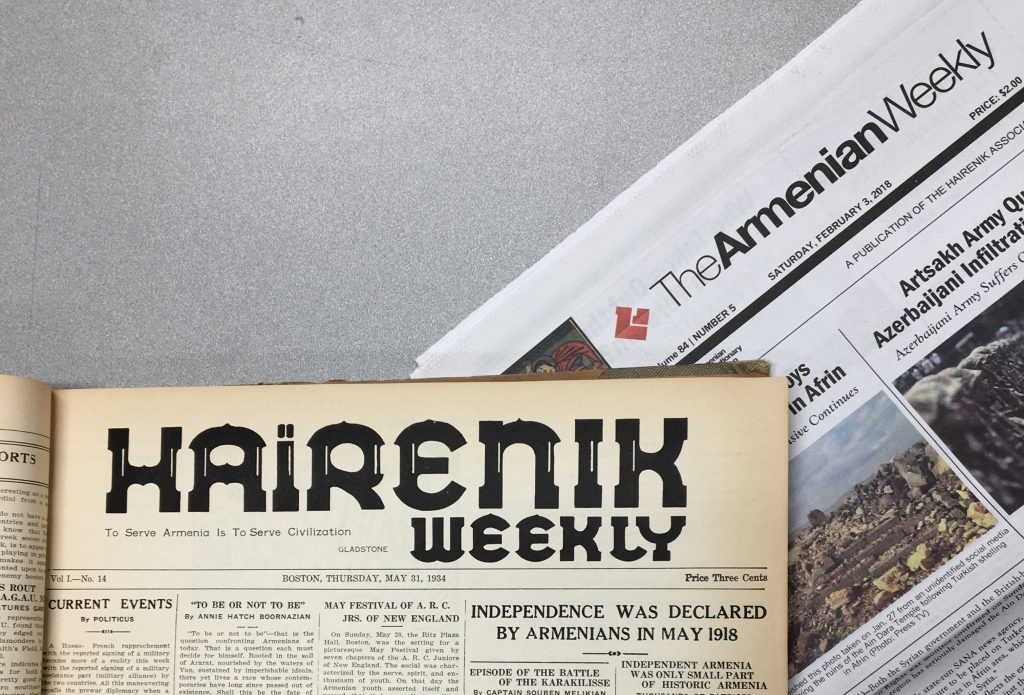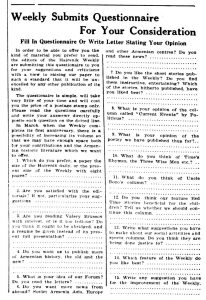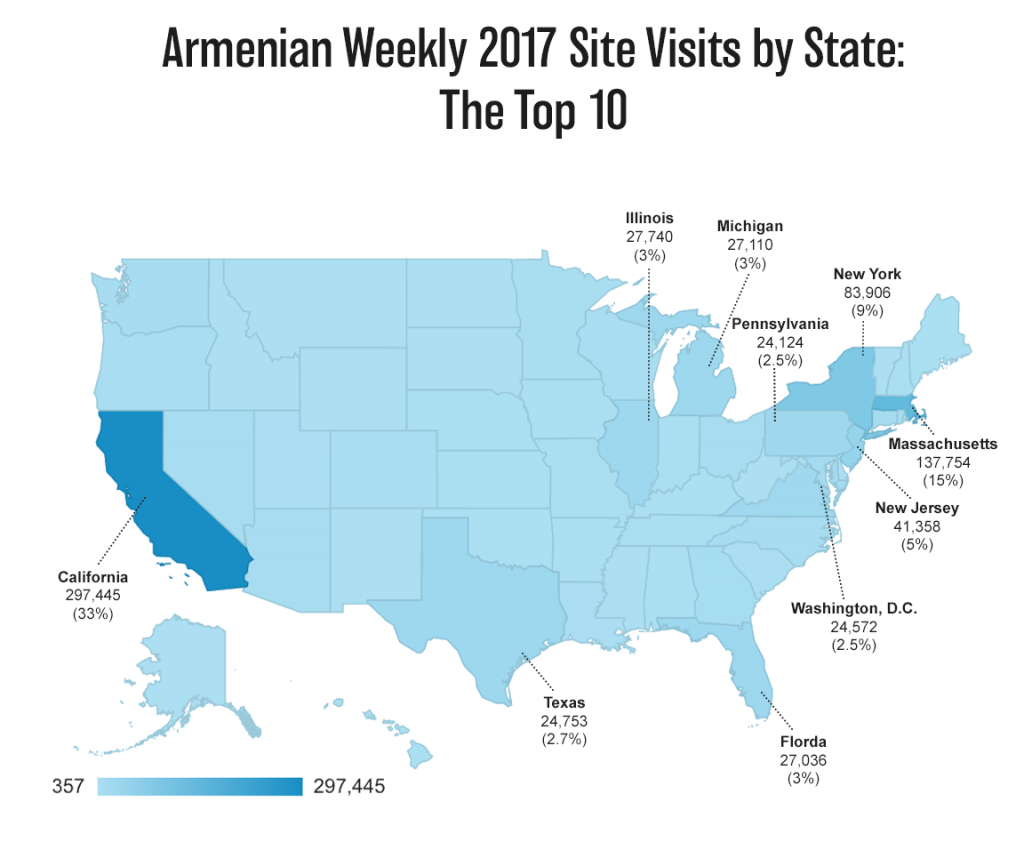What, exactly, is news to a community in exile, such as ours? Though the question remains historically constant, its answers change with each generation.

In the last decade and a half, the reach of the Armenian Weekly newspaper has become global. Our efforts were brought online for the first time in the late nineties, and our website in its current form was constructed in 2007, pioneered by an editorial team whose hard work has secured us a strong digital foothold.
But with great reach comes great responsibility.

Positions regarding what makes something “newsworthy” to our readership, made up mostly of Diasporan Armenians across the globe, have naturally shifted over the years, in line with changing editorships; increased individual access to information; a community that was rapidly integrating culturally and linguistically into its host countries; and, finally, technological advances in the broader world of journalism. It is this last point which is both our bane and our boon.

Before digital publishing, for over 70 years, the primary medium through which we were delivering news to readers was print. Our print version has ranged in size over the decades—from 8 pages in 1934 to 24 pages at one point (and has settled into the fine compromise of 16 pages that it is today). Up until 2000, there was only so much space in the pages of the Weekly, and it was the editor’s job to spend it wisely—a daunting task.
Today, we are bound by very different constraints. Gone are the days when those who read our newspaper are within shipping distance of our office (though even then our scope was quite broad, with subscribers hailing from as far as Buenos Aires).
Whereas before, print subscribers were our only readers, as we enter 2018 they now make up only a small portion of our readership. There is no longer a limit to the amount of content Armenian Weekly editors can release in a week, or even in a day. We enjoy infinite editorial space.
But today’s lack of constraints on editorial space is no less daunting. Though our scope and our audience have grown, our man- (and woman-)power has not increased to accommodate it.
And, on top of it all, our editors must also contend with the perpetual struggle to make journalism financially sustainable in an era of grave uncertainty. In recent years, the newspaper industry has experienced sharp declines worldwide, losing more revenue in the last 15 years than it had gained in the previous 50. Unfortunately, as subscriptions to our print version still make up our only external revenue stream, our publication has not gone unscathed.
In spite of less-than-encouraging financial circumstances, we take great comfort in the fact that our paper has made a strong transition into digital publishing. At the end of 2017, we reviewed our analytics to discover that we had nearly 1.5 million visits to our page that year alone—a number double what it was just five years ago. Sixty one percent of those visits came from new users.
We also learned more about where our readership comes from. While our largest group of readers are based, predictably, in the U.S. and Canada (which made up 70 percent of site visits in 2017), we also enjoy significant followings from communities in Armenia, the United Kingdom, Australia, Turkey, and Lebanon (to name a few). And we chuckled at the realization that more than a thousand visits to our site each year come from a country that doesn’t even recognize Armenia’s statehood.

In addition to widening our reach, the Internet has also afforded us a great deal of insight into what our content means to you, our readers. But quantitative data alone will only tell us so much. There are human subtleties that cannot be gleaned from analytics alone. This is why our two-person editorial staff has spent the last month working on a reader survey that gives us a better idea of who is reading, how we can better serve you, and how best we can grow.
This is a special year for us. It’s the centennial of the first Republic of Armenia, and we are a newspaper born out of its founding party. It’s a time of reflection and, also, innovation. Everyday we’re reminded that this newspaper is cut from an exceptional cloth—a cloth that we believe is well-tailored to withstand the many uncertainties facing traditional news outlets in the digital era.
This survey is one of a number of measures we are taking this year to secure the financial and cultural sustainability of this publication—a resource that has served its community faithfully and reliably for over a century. It’s also a reminder that our journalism is your journalism, and the responsibility falls on all our shoulders to keep the pages turning.
Together with the Hairenik Weekly, we’ve been bringing the Armenian world to readers for over 100 years. Only through the support of readers like you can we ensure we’ll be around for another 100.



Community in exile? Exiled from where? You’re thinking in the past tense…
next time have a Gampr pose on an Armenian rug.